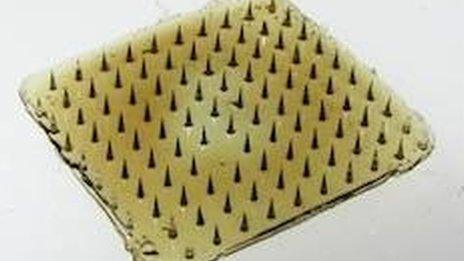Spiders inspire double-sided sticky tape to heal wounds
- Published
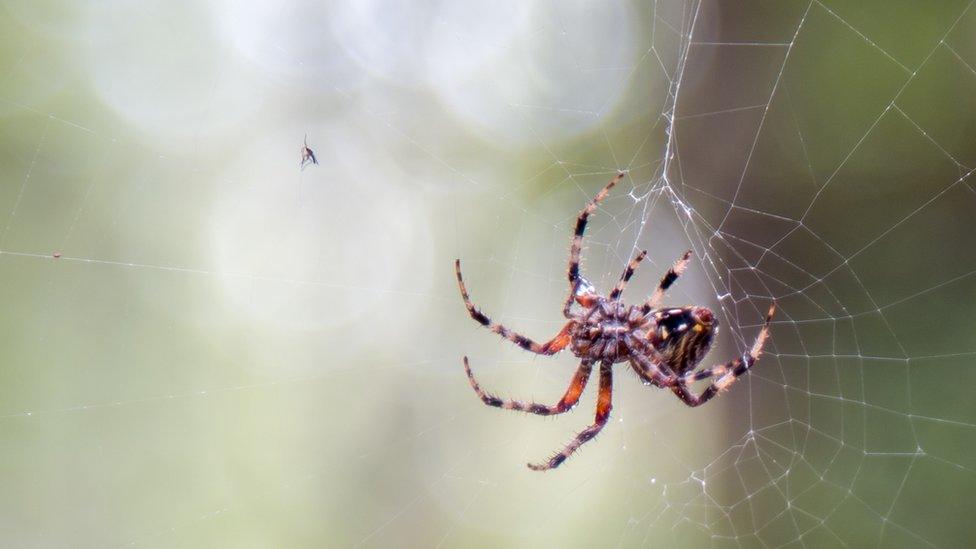
Spiders use a kind of sticky glue to catch their prey on rainy days
A double-sided tape designed to stick body tissue together after surgery has been inspired by the way spiders exude "glue" to catch their prey in the rain.
Scientists at Massachusetts Institute of Technology noticed how the spiders' secretion absorbed water, helping to secure their next meal.
The sticky tape does the same and was found to work within seconds in tests on pig skin and lungs.
The team said with more research, it could be used in place of sutures.
But they are still several years away from trials in humans.
Getting tissues in the body to form a tight seal is difficult because water on their surface makes them slippery.
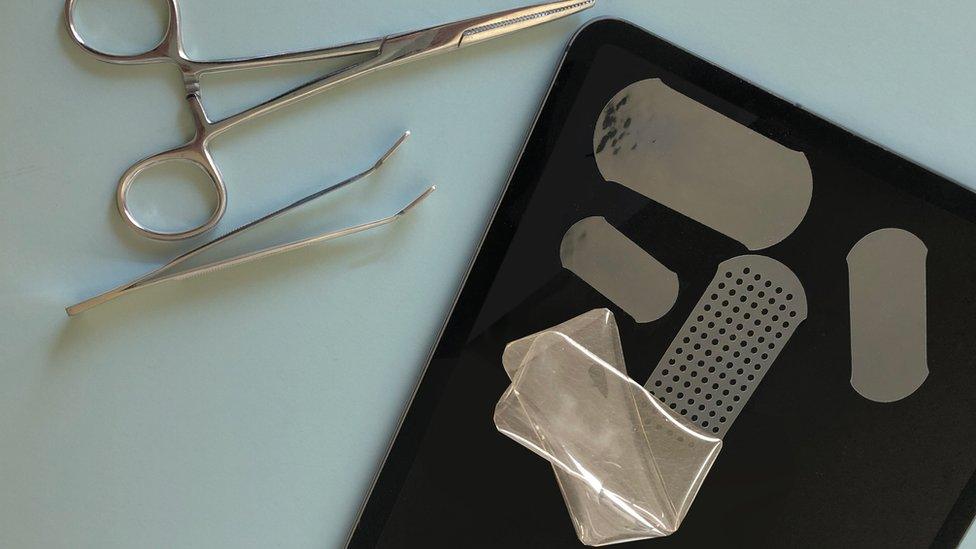
The double-sided sticky tape was designed to act like duct tape for surgeons
Sutures - stitches that hold a wound or cut together - don't always work well and can cause infections and pain.
And tissue glues, which already exist, can take several minutes to work and may drip on to other body parts.
So the scientists turned to nature for inspiration.
Spiders secrete a sticky material containing charged polysaccharides that absorb water from the surface of an insect almost instantaneously, leaving a small dry patch the glue can then stick to.
And, similarly, the researchers used polyacrylic acid on the tape to absorb water from wet body tissues, which then activated the glue to stick fast.
Adding gelatin or chitosan, can make the tape hold its shape for a few days or a month depending on how long it needs to last, the researchers say.
'Fragile tissues'
They have now tested it out on different types of rat and pig tissue, including small intestine, stomach, liver and skin.
Study author Hyunwoo Yuk said: "It's very challenging to suture soft or fragile tissues such as the lung and trachea - but with our double-sided tape, within five seconds we can easily seal them."
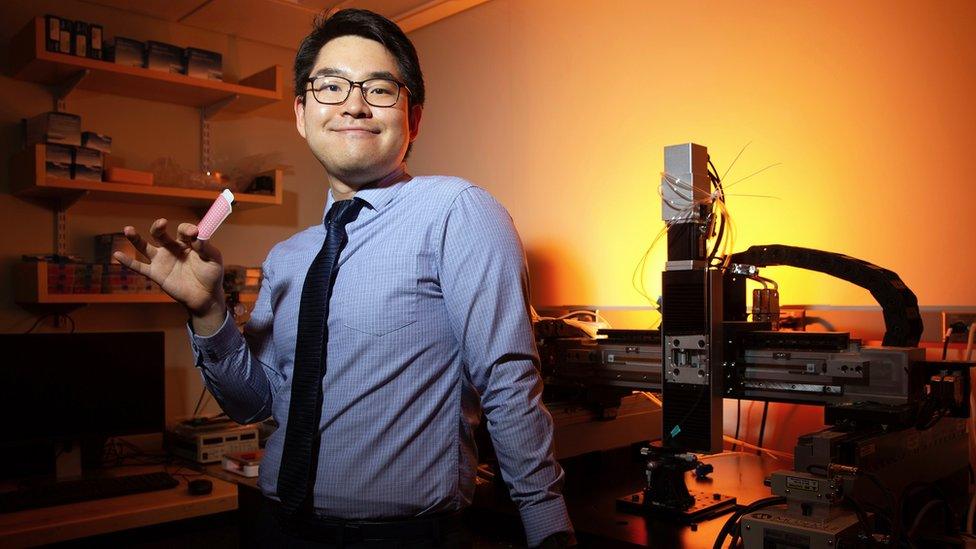
Hyunwoo Yuk holds the sticky tape he helped design
It could potentially also be used to attach medical devices to organs such as the heart "without causing damage or secondary complications from puncturing tissue".
The researchers now plan to perform more tests on animals.
The study is published in Nature, external.
- Published28 July 2017
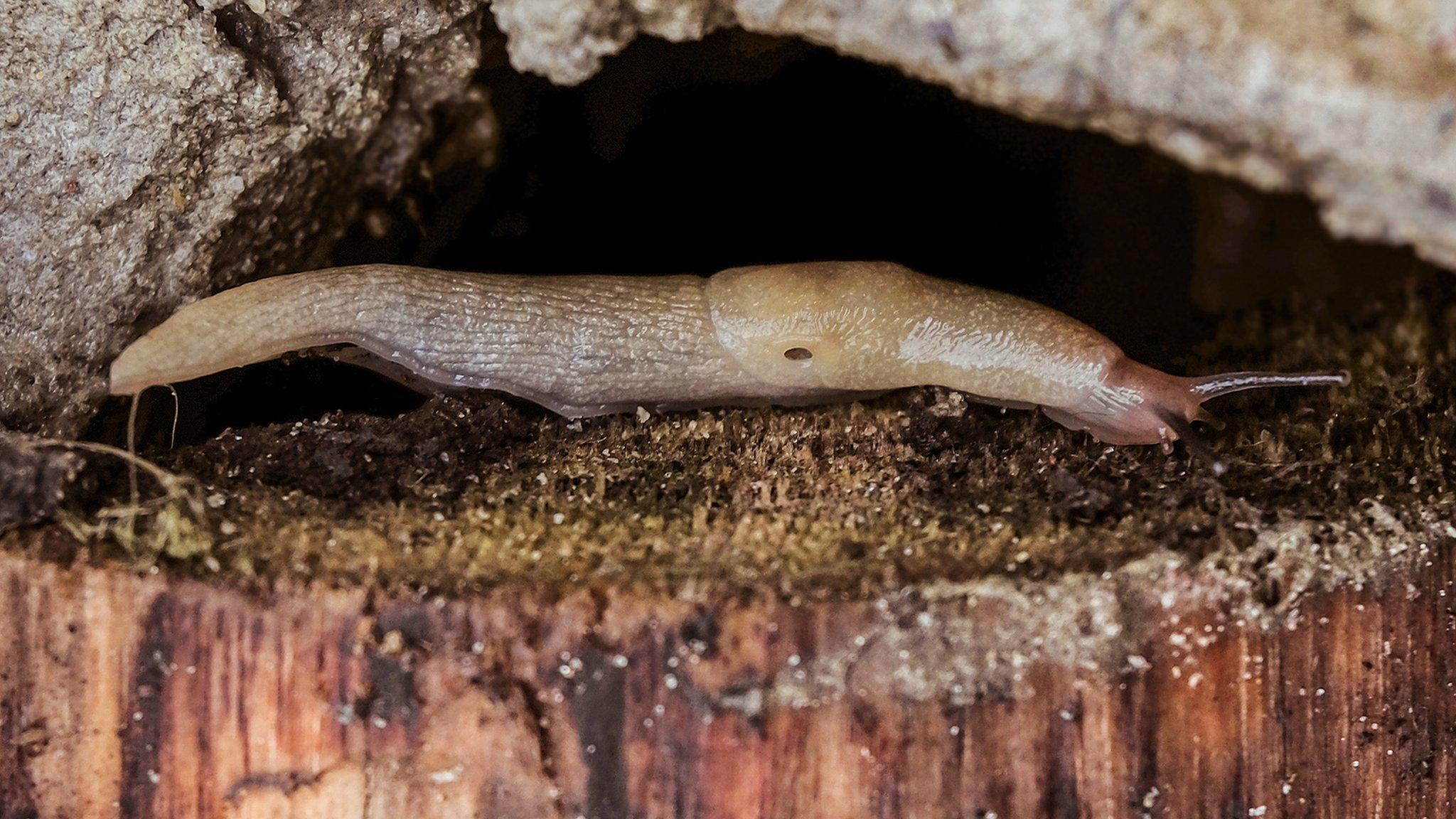
- Published8 January 2014

- Published5 October 2010

- Published17 April 2013
